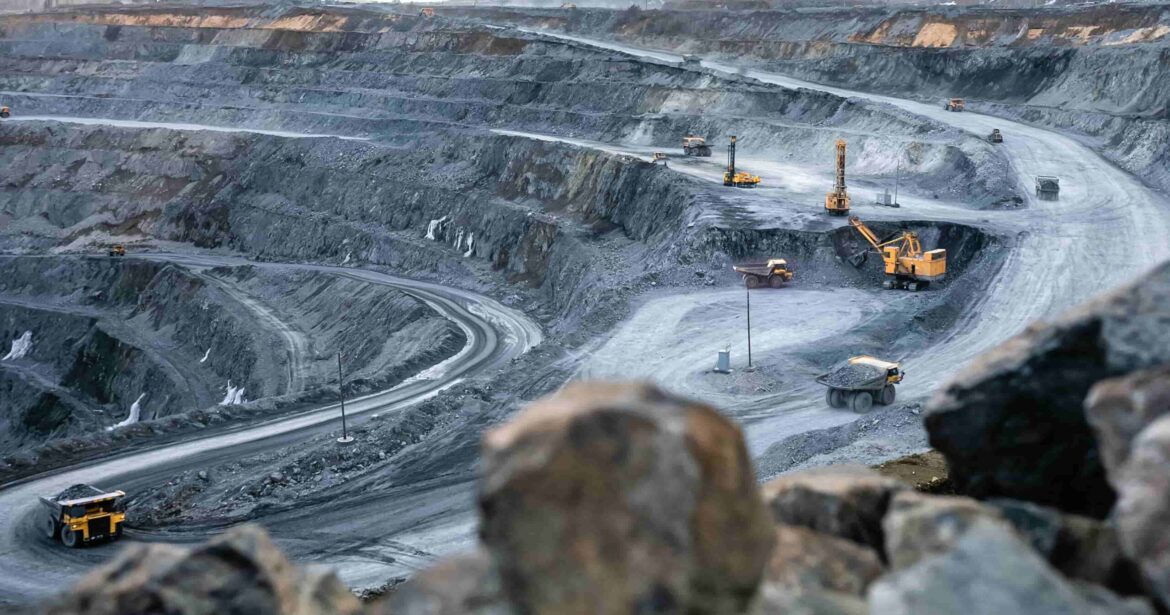Lee Ying Shan – CNBC Future & Commodities.
The world could face a shortage for lithium as demand for the metal ramps up, with some analysts forecasting that it could come as soon as 2025. Others, however, see a longer time frame before that shortfall hits.
BMI, a Fitch Solutions research unit, was among those that predict a lithium supply deficit by 2025. In a recently published report, BMI largely attributed the deficit to China’s lithium demand exceeding that of its supply.
The world produced 540,000 metric tons of lithium in 2021, and by 2030 the World Economic Forum projects that global demand will reach over 3 million metric tons.
sales are set to reach 13.8 million in 2023, but will subsequently proceed to skyrocket to over 30 million by 2030.
“We do fundamentally believe in a shortage for the lithium industry. We forecast supply growth of course, but demand is set to grow at a much faster pace,” said Corinne Blanchard, Deutsche Bank’s director of lithium and clean tech equity research.
By the end of 2025, Blanchard sees a “modest deficit” of around 40,000 to 60,000 tonnes of lithium carbonate equivalent, but forecasts a wider deficit amounting to 768,000 tonnes by the end of 2030.
“We expect an average of 20.4% year-on-year annual growth for China’s lithium demand for EVs alone over 2023-2032,” the report stated.
Other analysts don’t see a deficit coming so soon, but still predicted a shortfall by the end of the decade.
While more lithium mines and mining exploration projects coming online could support burgeoning demand, that would only extend the runway for a few more years, according to Rystad Energy’s estimates.
According to the energy research firm, hundreds of lithium projects are currently under exploration, but the complexity in geology and time-consuming permitting process still pose challenges.
There are currently only 101 lithium mines in the world, according to Refinitiv data.
Rystad Energy Vice President Susan Zou estimates that total lithium mine supply will increase by 30% and 40% year on year in 2023 and 2024, and that miners would continue to develop both existing and greenfield projects amid a “global push to electrify transportations.”
While that could point to a global lithium surplus next year, shortages could start to plague supply chains in 2028.
“In the next couple of years, though the lithium supply may stay adequate at a world-level, regional supply imbalance is still inevitable,” Zou added, noting regional mining and processing capacities in the U.S. and Europe might not be able to keep up with demand for EV batteries.
“The global battery supply chain may find lithium in shortfall again approaching the end of this decade when the supply growth might not keep pace with that of the demand,” she said.




